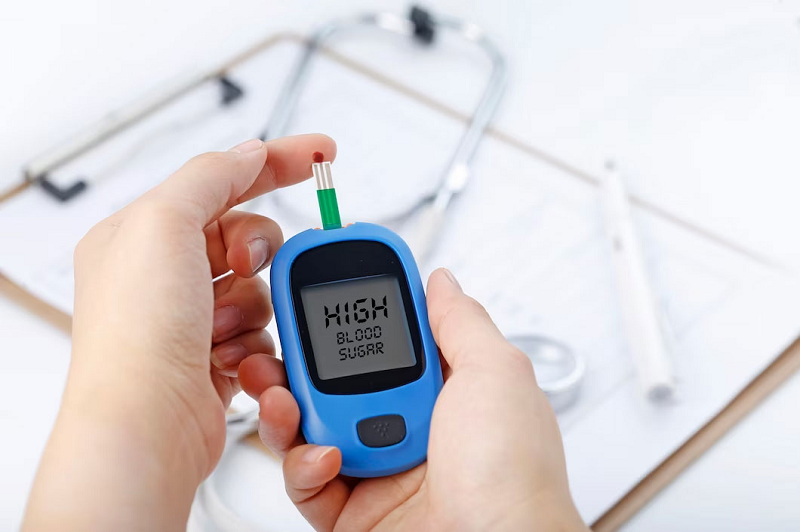Do you know that there are types of diabetes also? Diabetes is a group of many conditions, during which our body is not able to produce enough insulin. Apart from this, even if insulin is being produced, the body is not able to use it.
Due to this, our body fails to transport sugar from the blood to the cells and due to this the problem of high blood sugar levels can occur. You may also know that glucose, which is found in our blood in the form of sugar, is an important source of energy. Due to deficiency or resistance to insulin, buildup starts in the blood, which leads to many diseases.
People have many confusions regarding diabetes. It has different stages and people often make mistakes in understanding them. Functional Hormonal Clinical Nutritionist Shikha Gupta has explained in detail about these stages of diabetes on her social media handle. Let us also learn about diabetes from experts.
1. Insulin Resistance:

Shikha explains that in this situation when cells become resistant to insulin, glucose starts creating pressure in the blood. This builds pressure in the pancreas to produce more insulin so that glucose can be taken in effectively. In this first stage, the fasting insulin indicator appears high. It often occurs before type 2 diabetes.
2. Prediabetes:
People with prediabetes have higher blood levels than normal, but not high enough to be classified as type 2 diabetes. This is a warning sign that indicates a high risk of developing diabetes.
When the pancreas gets tired of releasing insulin and is unable to take glucose into the cells, it increases the blood glucose level.
This is the second stage, in which your fasting glucose may come to the borderline.
3. Type 2 Diabetes:
It is a chronic condition where the body does not use insulin properly, leading to high blood sugar levels. It usually develops over time, often following an insulin resistance stage.
In this third stage, your fasting glucose and PP glucose increase. In this stage insulin is functional, but cell resistance increases blood glucose too much.
4. Type 1 Diabetes:
It is an autoimmune condition where the body's immune system attacks and destroys the insulin-producing cells in the pancreas. It usually develops early and requires lifelong insulin treatment.
This is the most serious and fourth stage, in which the beta cells of the pancreas stop working and insulin is not produced. This requires insulin shots to balance blood glucose levels. This also requires working on insulin resistance. It is seen in small children. For this, it is very important to keep a constant track of your diabetes.
Shikha Gupta says that this progression usually happens from insulin resistance to prediabetes and if it is not managed, it turns into type 2 diabetes. However, type 1 diabetes is a separate condition and does not usually develop from type 2 diabetes.
These super foods are best for insulin resistance
To reverse insulin resistance, you should include foods in your diet that can help you. Some such super foods are as follows-
Garlic
Garlic and its extracts may help improve hepatic glucose metabolism or help with insulin resistance. Garlic's antioxidant compounds, such as phenols and flavonoids, also reduce insulin resistance.
Cinnamon
Cinnamon may help lower blood sugar and fight diabetes by mimicking the effects of insulin and increasing the movement of sugar from the bloodstream into cells. It increases insulin sensitivity, making insulin more efficient at moving sugar into cells.
Apple Cider Vinegar
Apple cider vinegar is often touted as a natural way to control blood sugar levels, especially for people with insulin resistance. When you take it on an empty stomach before a high-carb meal, it significantly reduces blood sugar spikes.
Turmeric
Turmeric and the element curcumin present in it are effective in controlling diabetes. Consuming turmeric root extract may help reduce insulin resistance. It also improves the functioning of beta cells, which are beneficial for diabetes.
Bitter gourd
Bitter gourd has insulin-like properties, which help bring glucose into cells for energy. Consuming bitter gourd can help your cells utilize glucose and transport it to your liver, muscles and fat.
Image Credit: Freepik










